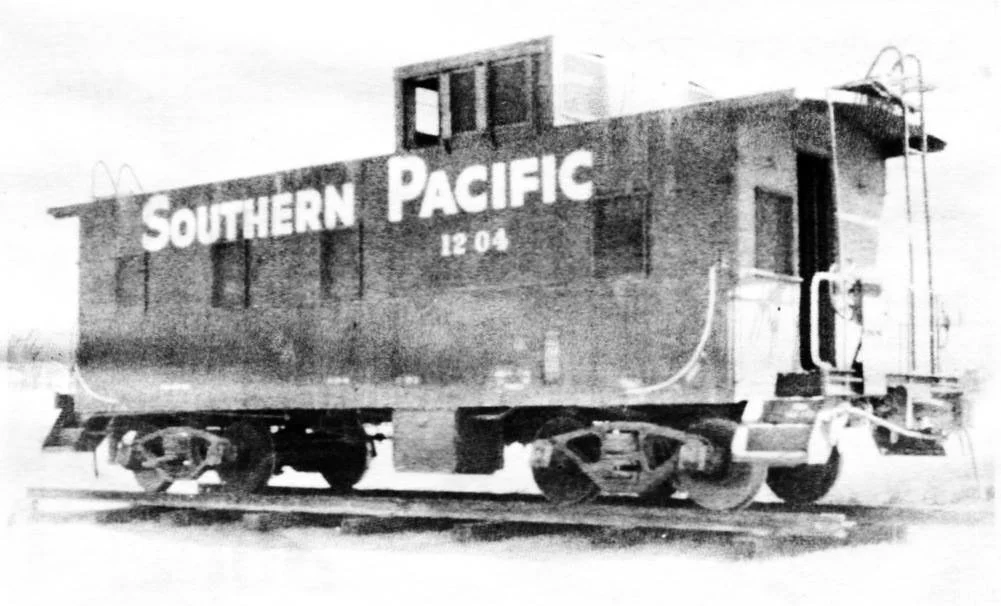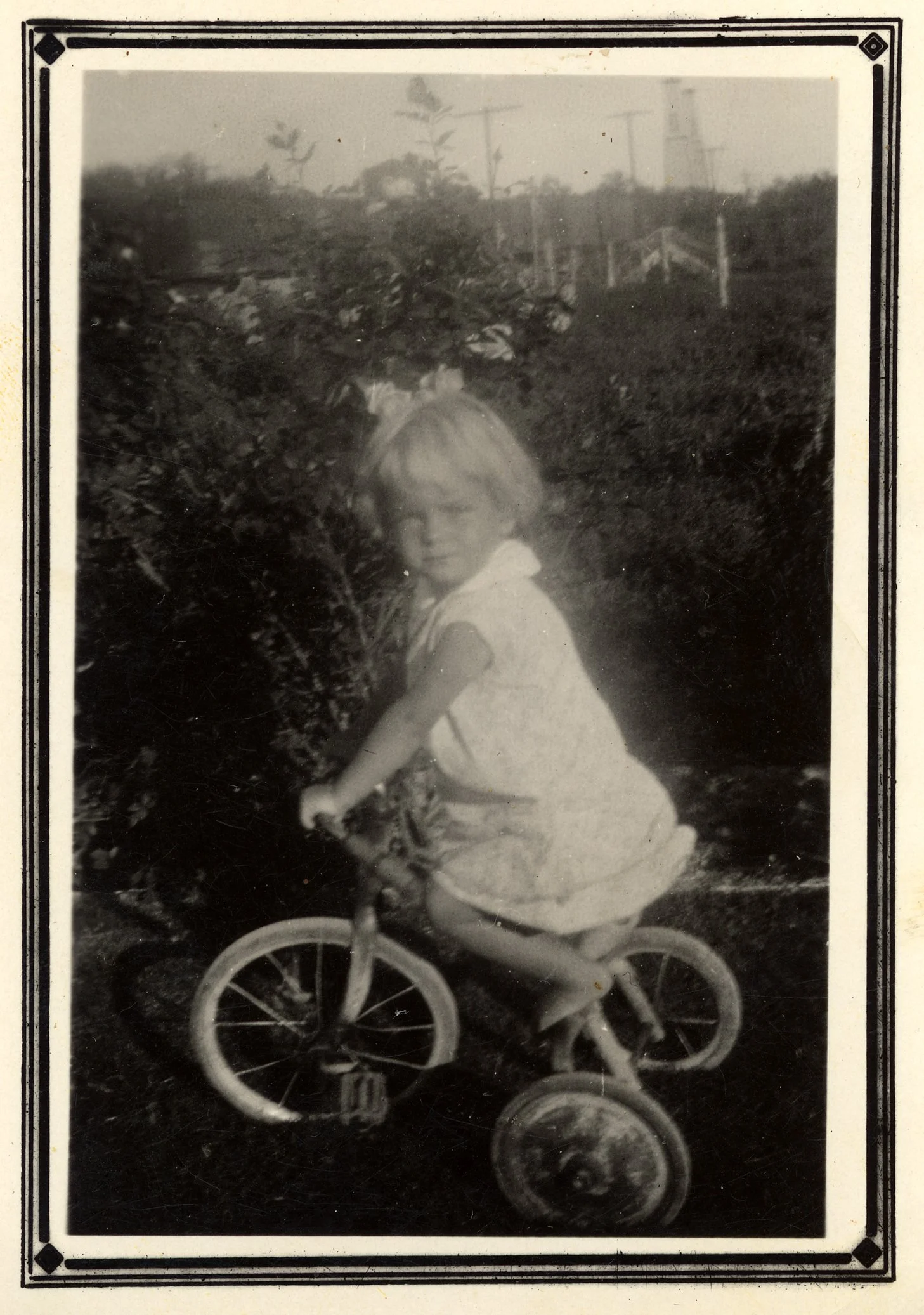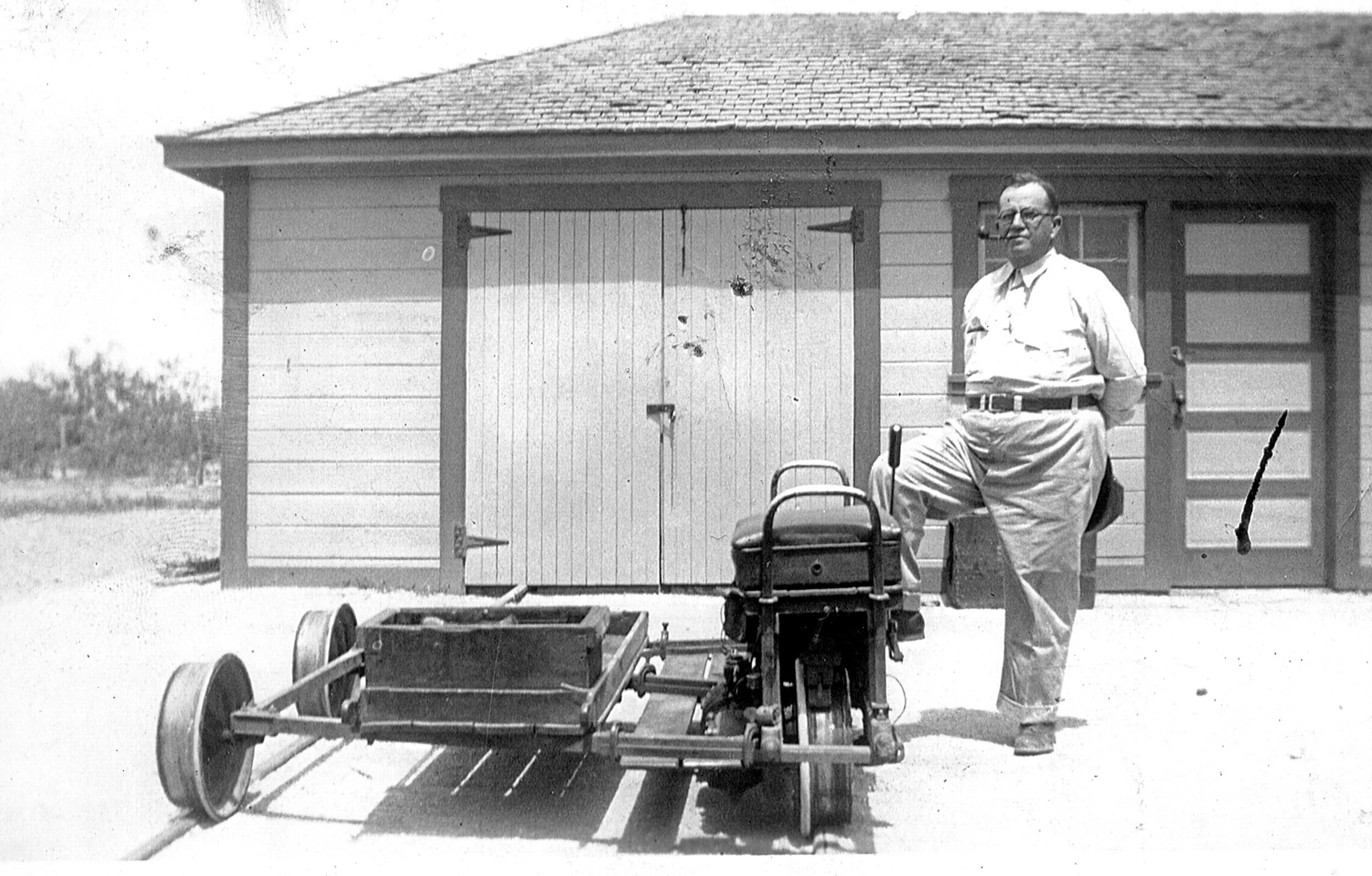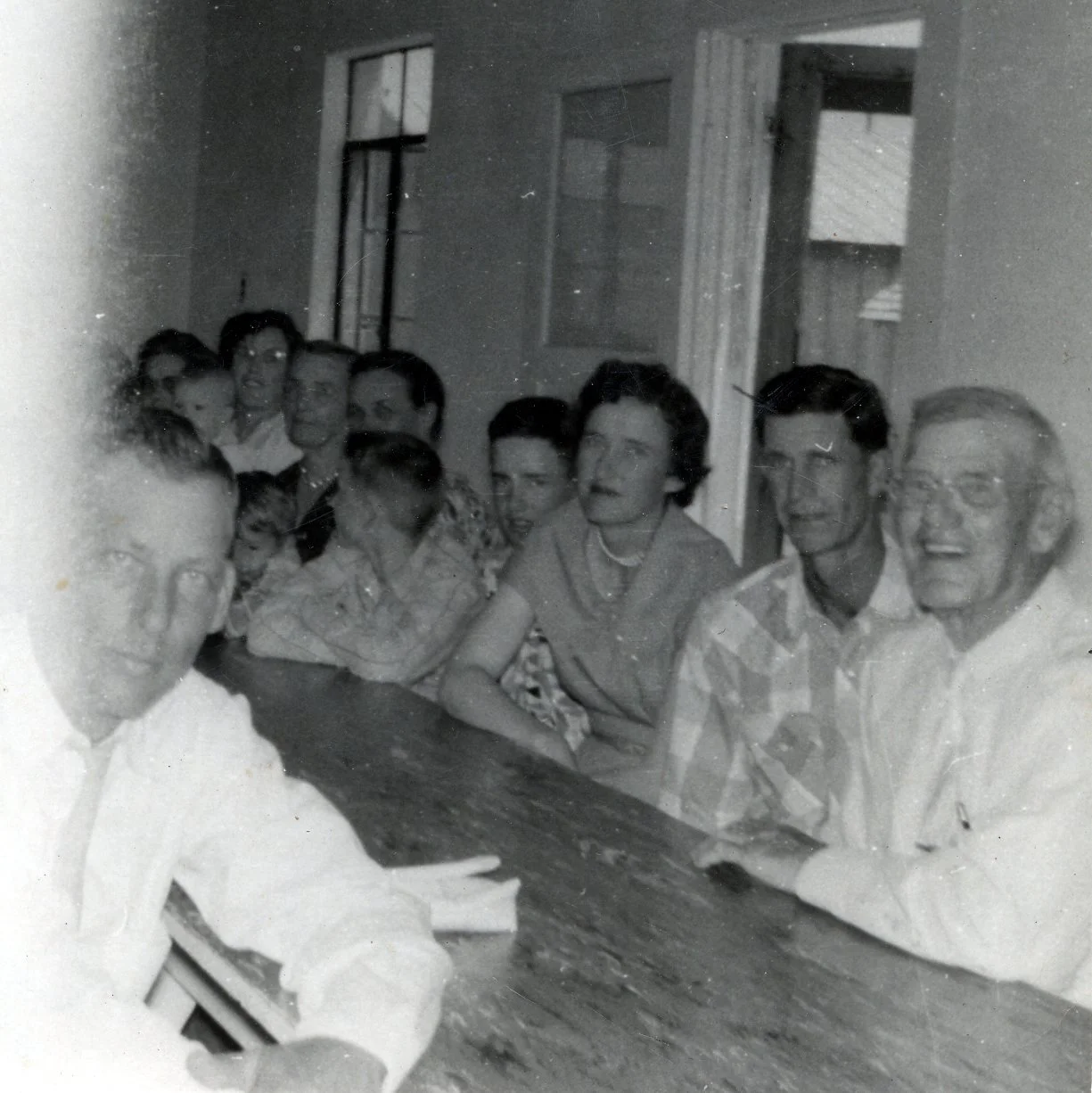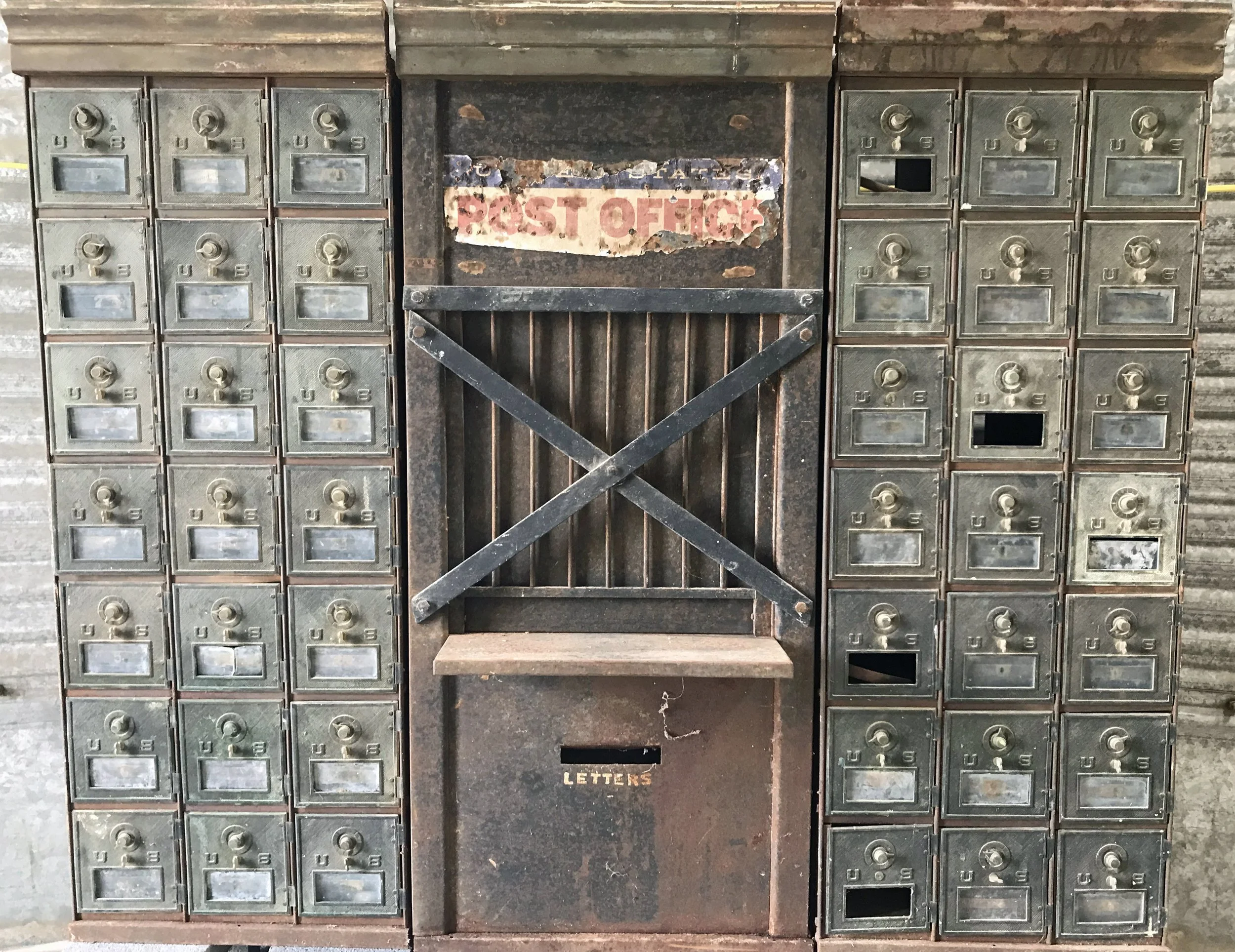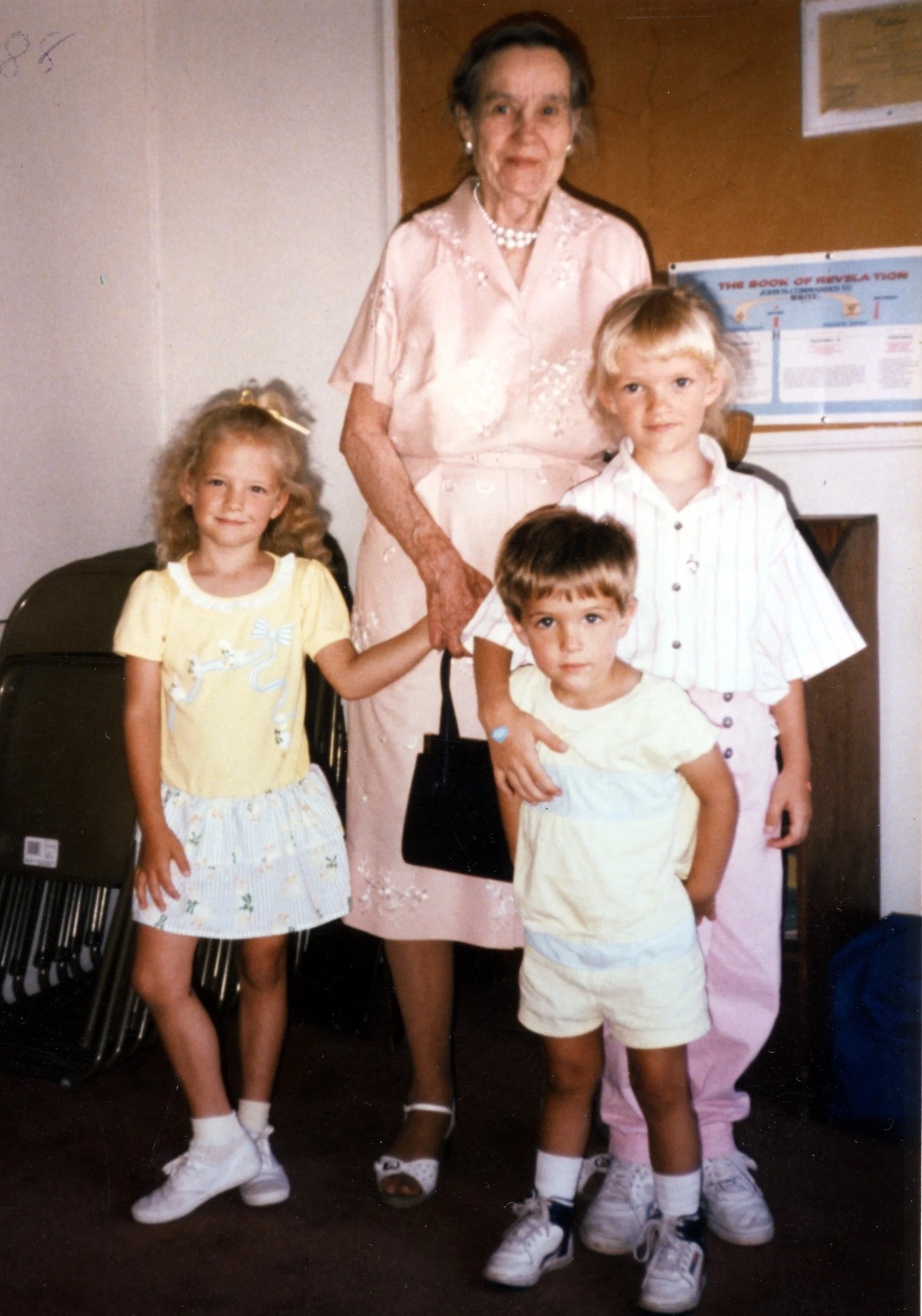
Pumpville’s History
The Town of Pumpville
The town of Pumpville, now a ghost town located between Langtry (15 miles away) and Dryden (28 miles away) in Val Verde County, was founded in 1882 when the Southern Pacific Railroad came through the area.” The community was previously named Samuels but renamed Pumpville to fit its new purpose. “Wells were drilled and the town was created as a water station stop for steam locomotives.”
Many additional buildings followed after the initial installation by Southern Pacific: a salt shed to help soften the hard desert water, housing for the foreman and maintenance men, a water tower, a tool shed, a telegraph office, and home for the telegrapher. With a quickly growing town, many more needs came to light. In 1899, James N. Morgan established the official Pumpville Post Office. The community continued to grow as several local ranchers and their employees moved into town and added homes along the main block that ran parallel with the tracks.
The railroad became of great importance to the local and neighboring communities and benefited ranchers greatly. It became a shipping point for goat and sheep ranchers in western Val Verde and eastern Terrell Counties. Livestock pens and loading chutes were built and managed by a talented man by the name of Ernest Pelham Bradford, a veteran of the Arizona National Guard, first having moved to Pumpville to work as a cowboy for Ernest Hamilton. In 1927, Bradford and his wife took out a loan from a bank in Del Rio and opened a store for groceries, livestock feed, ranch supplies, a gas pump, and a telephone switchboard. Bradford’s store then becomes known to the town as Pumpville Mercantile, the first social meeting place to exchange gossip and news between neighbors, ranchers, and railroadmen. Popular items in the store included cigarettes, plugs of chewing tobacco, and cold drinks. One day a week, a crowd would gather as a truck delivering fresh vegetables arrived. Cow feed, bales of hay, hardware, and wool sacks were also in demand. Bins contained bulk coffee, rice, and beans. On railroad paydays, Bradford would keep the store open late for workers so they could cash their checks, buy groceries, purchase money orders and savings bonds. The post office only had 20 mailboxes, but they served a community of 50, so mail was stashed away in the corner of the store and saved until recipients could collect it. Mail arrived by train every morning, 7 days a week. The San Antonio Express newspaper was invariably delivered to the town fresh off the press.
E.P. Bradford
The number of children who moved into town with their families also increased (most of the students were the children of the railroad workers). A schoolhouse and teachers home were planned and constructed. Bradford’s wife, Estella Rose, a transplant from New Mexico, was one of the few teachers Pumpville has had. The salary for a teacher back then in Pumpville was a measly $80 a month. The schoolhouse, a one-room building, became the epicenter of Pumpville’s social scene. It hosted school five days a week, Sunday school and church on Sunday, parties, box suppers, dances, and anything else of importance.
Estella Rose in 1925
Pumpville Teacher
Pumpville School in 1937 with Miss Sandall
Bradford’s Children at the Mercantile
1938 Group of Pumpville Ladies
The Pumpville Mercantile & Surrounding Buildings Along Tracks
Housing for Railroad Personnel
Pumpville Baptist Church History
On one Sunday in 1927 a meeting in Pumpville was called and a Sunday school was discussed and organized. Local Roy Lackey led the Bible studies. Land and buildings were donated by Earnest P. Bradford. The congregation normally met in the old school house but they also erected brush arbors for revivals in the summer.
The first of many revivals took place in July of 1930 with Reverend W.H. Petty as evangelist. The covenant was read and the Pumpville Baptist Church was organized on the 16th day of this month. There were 10 charter members: Mr. & Mrs. J.A. Bricker, Lena Mae and Hubert, Roy Lackey, Mr. & Mrs. Charley Schnaubert, Mr. & Mrs. W.O. Prentis and Mr. W.P. Riley. The first deacon was ordained in September 1930.
Read Document of Membership of Pumpville Baptist Church 1934 - 1969
With revivals being held nearly every summer, many were saved and baptized. The first baptism took place on June 3, 1934. Before the baptismal was built, the newly saved had to make do with nearby rancher’s water tanks.
1940 Baptism in Rancher’s Stock Tank
1941 Men at Arbor Service
1941 Services Held Under an Arbor
By March 2, 1947, the land had been secured by the school trustees to build a church building. Reverend Coleman Turner was pastor at this time, and under his leadership, the congregation voted to build a beautiful native limestone building. Men from the congregation helped with construction, Mr. J.A. Bricker as foreman, Mr. B. Carson, Mr. A.C. Askins, and Rev. Turner as buyers of materials. The church finished construction debt-free.
On June 6, 1948, the 30 x 60 foot limestone building was dedicated, and it’s first service well attended with 225 people present.
Read old article Weedon, German R. “Pumpville Church Building Dedicated.” June 6, 1948
1948 Attended by 225 People
1948 Program
1948 After Dedication Service
1948 Church Ladies
1958 Church Kitchen
1963
Pumpville Loses Steam
In 1948, steam engines were replaced by diesel, and life in Pumpville was never the same. The railroad sent their people elsewhere, and most of the Pumpville commotion went away with it. Most of the community had lived in Pumpville through the Depression and World War II. The men and women worked hard daily and never had a vacation, but Pumpville simply couldn’t survive the advancement of engineering. As quickly as the town was built, it was torn down. The schoolhouse closed in 1957, the store in 1965, and the post office in 1979. The store and post office were left in ruins, and the school, depot, and section houses were completely removed. Planted trees were left unattended and died. Ranchers went back to their ranches, leaving Pumpville a ghost town. Pumpville Baptist Church also lost its steam. The congregation slowly dwindled as families moved away, and the few remaining residents couldn’t afford to pay the preacher. They were forced to finally close its doors in the ’70s, leaving it untouched for years.
“Pumpville is gone except for the memories of the few who grew up here.”
Revival at Pumpville Baptist Church
In 1985, Reverend Paul Ray persuaded a group of old church members and local ranchers to bring the beautiful limestone building back to life and resume services.
The Pumpville Baptist Church has had several pastors over the years who have dedicated a portion of their lives preaching to the few isolated, lifelong ranchers left in the area. Some of the congregants travel many miles to hear God’s word fervently preached and visit the old Pumpville town they grew up in. Dedicated pastors have driven over 200 miles every weekend in order to preach to these otherwise abandoned people. Pumpville’s current pastor, Reverend Paul Ray, has been living in the small home beside the church in complete solitude with only the desert creatures and noises from the passing trains to keep him company. It’s a great sacrifice but worth it to many so that the gospel can continue to be spread and souls saved.
Visitors are often deer hunters or other recreationist travelers who stop by having been drawn by the sign on nearby U.S. 90 advertising “The Gospel West of the Pecos”.
Will Pumpville Baptist Church have the strength to keep going? Will a new generation abandon or revive her? Or will the church end in ruins like the rest of the desert ghost town littered with dilapidated shacks? Only the Lord knows.
Even though the end of Pumpville seems inevitable, current pastor Reverend Paul Ray isn’t giving up on this community and had to say this…
”Pumpville Baptist Church isn’t quite ready to follow the town into extinction. As long as the need remains or until some miracle occurs, the ministry will continue.”
Honoring the Pastors of Pumpville Baptist Church
Roy Lackey
1927 -
W.H. Petty
July 16, 1930 - December 10, 1933
Shurley
January 14, 1934 - July 21, 1936
D.H. Joiner
August 9, 1936 - October 1941
R.C. Smith
January 25, 1942 - September 15, 1946
Colman Turner
October 6, 1946 - July 1948
A.M. Parsley
September 5, 1948 - October 16, 1949
J.R. Thomas
August 20, 1950 - October 16, 1951
E.E. Morgon
October 21, 1951 - October 16, 1955
Carl Gentry
November 6, 1955 - June 1960
Monty Sheehan
November 6, 1960 - May 1962
Frank (Bill) Peeler
August 1962 - March 1963
C.S. Price
August 1963 - June 1965
Frank (Bill) Peeler
August 1965 - June 1 1970
Airman Paul Voorheis
June 1, 1970 - August 1, 1970
Paul Ray
1985 - 1988
Peter Jones
1988 - 1992
Paul Ray
1992 - 1996
Raymond Bugg
1996 - 2003
Bob Johnson
2003 - 2012
Rick Bond
2012 - 2018
Paul Ray
2018 - Current
Contact us.
No one is perfect and history is tricky, feel free to offer suggested modifications. Any additional photos of Pumpville appreciated.
